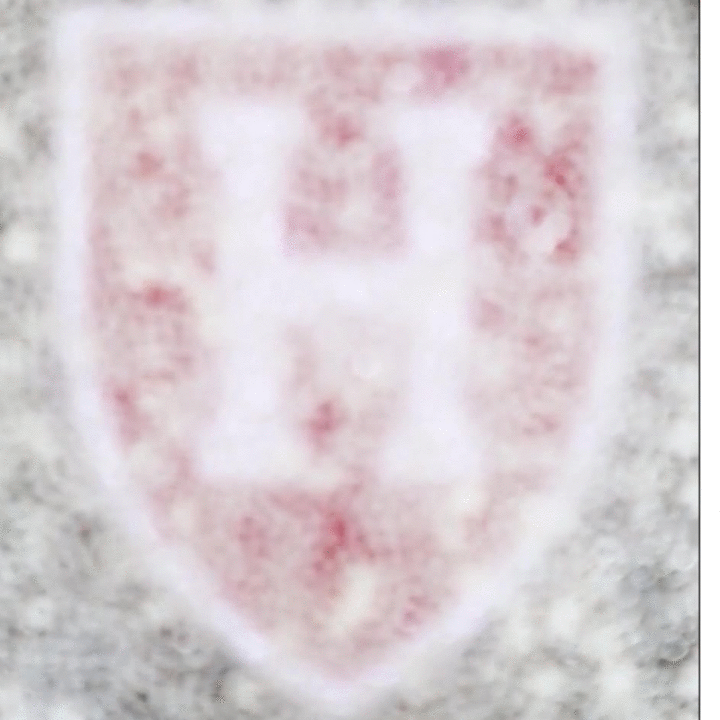Harvard engineers have created a strange new “metafluid” – a liquid that can be programmed to change properties, like its compressibility, transparency, viscosity and even whether it’s Newtonian or not.
Most materials get their properties – how hard, or shiny, or what color they are – from what they’re made of, but metamaterials gain their properties from their meticulously designed structures, consisting of small components. The shape, size, and arrangement of these small components lets them manipulate electromagnetic waves, improving things like sound insulation, electricity generators, or even invisibility cloaks or ultrasonic levitation surfaces.
For the new study, researchers at Harvard’s School of Engineering and Applied Sciences (SEAS) set out to apply that principle to liquids instead.
“Unlike solid metamaterials, metafluids have the unique ability to flow and adapt to the shape of their container,” said Katia Bertoldi, senior author of the study. “Our goal was to create a metafluid that not only possesses these remarkable attributes but also provides a platform for programmable viscosity, compressibility and optical properties.”

In this case, the metafluid’s small components are air-filled elastomer spheres between 50 and 500 microns wide, which are suspended in silicon oil. These tiny balls will collapse under pressure, and pop back out when that pressure is relieved, and those two different states will change the metafluid’s properties.
So, for example, when in their full circular shape the balls scatter light, making the fluid look opaque. But under pressure, when they collapse into half-moon shapes, they act like tiny lenses, focusing light and making the metafluid transparent. This, the team says, means they could be useful as color-changing electronic inks.
In another test, the researchers used the metafluid as a hydraulic medium in a robotic gripper. Because the metafluid can respond automatically to different pressures, it will adjust the gripper’s force to allow it to pick up different objects – in this case, a bottle, an egg and a blueberry – without damaging them. Normally, a hydraulic system running on water or air would need sensors or external controls to adjust its grip strength for the object it’s picking up.
The metafluid can also switch between Newtonian and non-Newtonian fluids. When the capsules are spherical it’s Newtonian – meaning its viscosity only changes with temperature, similar to water – but when they’re collapsed it becomes non-Newtonian, meaning it changes viscosity in response to shear force, acting more like tomato sauce.

The researchers say the applications for this kind of metafluids are hugely varied. Besides those examples mentioned above, it could also make for shock absorbers that dissipate energy based on the intensity of the impact, or logic gates that open up liquid computers. Different recipes for the metafluid can give it different ranges of properties by adjusting the number, thickness and sizes of the suspended capsules.
In future work, the team plans to investigate the acoustic and thermodynamic properties of the metafluid.
The research was published in the journal Nature.
Source: Harvard SEAS




